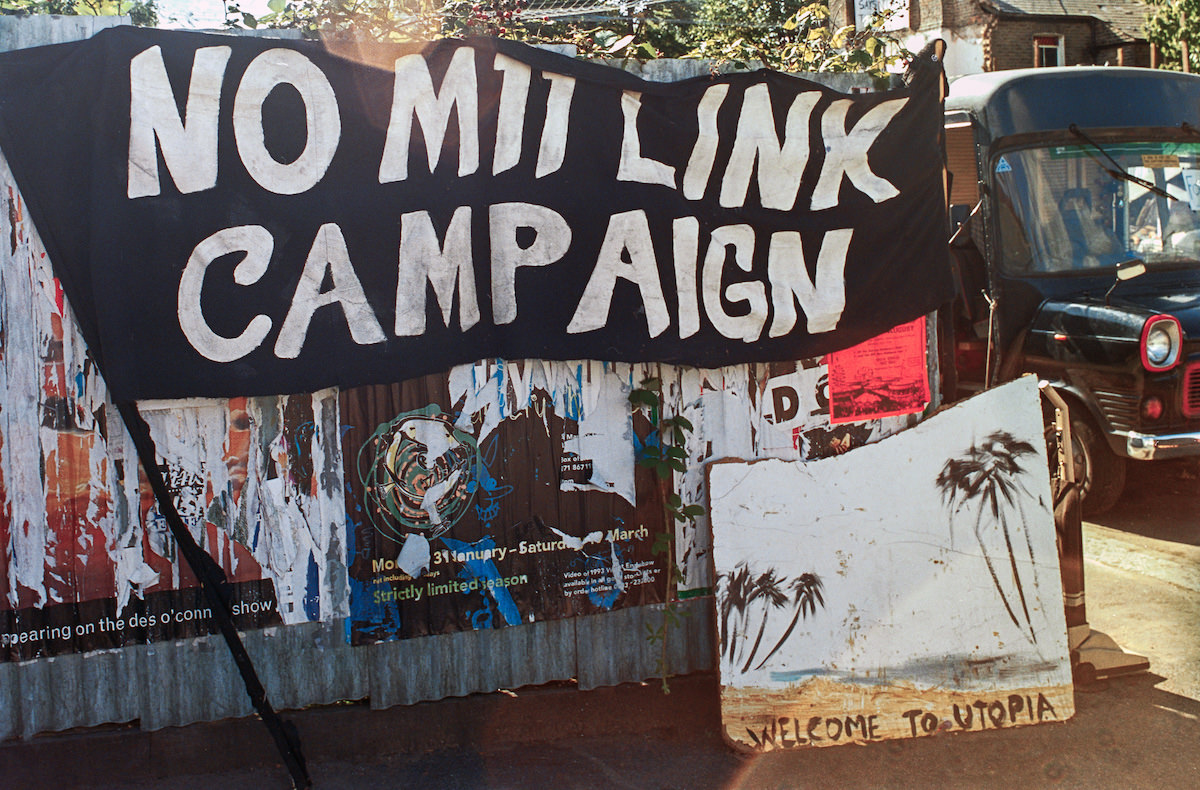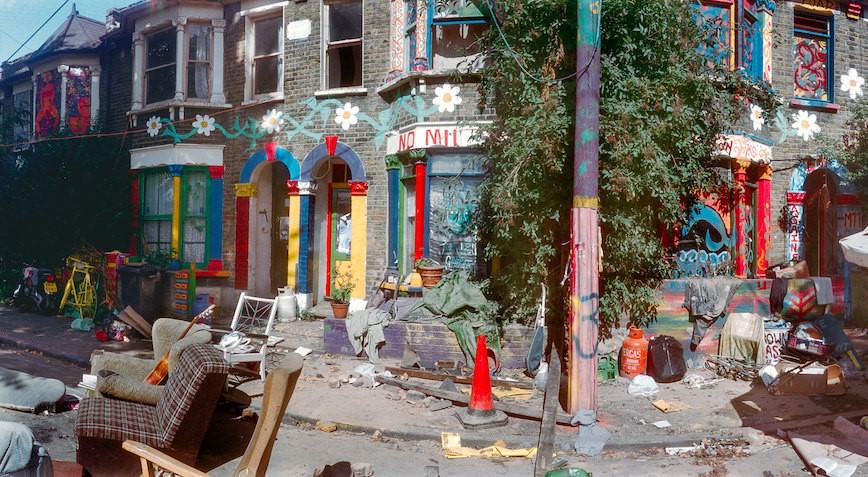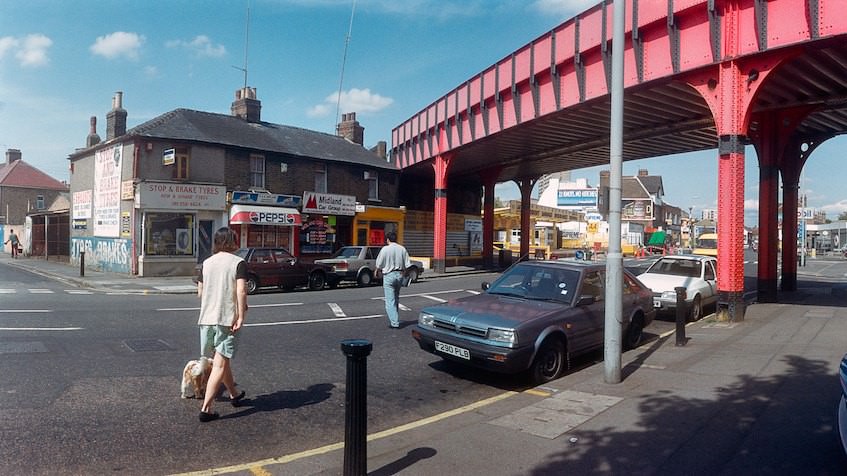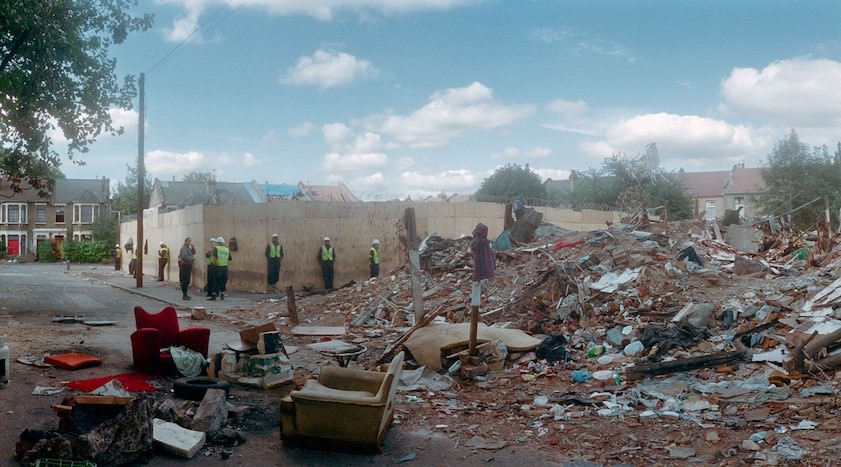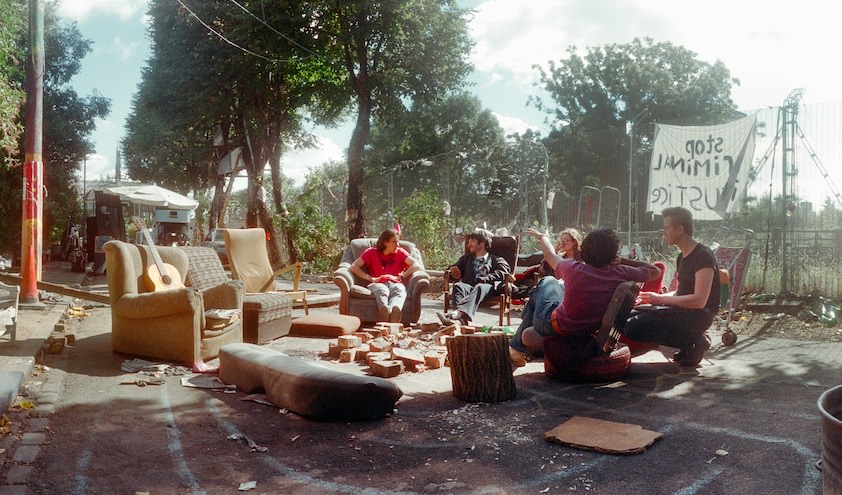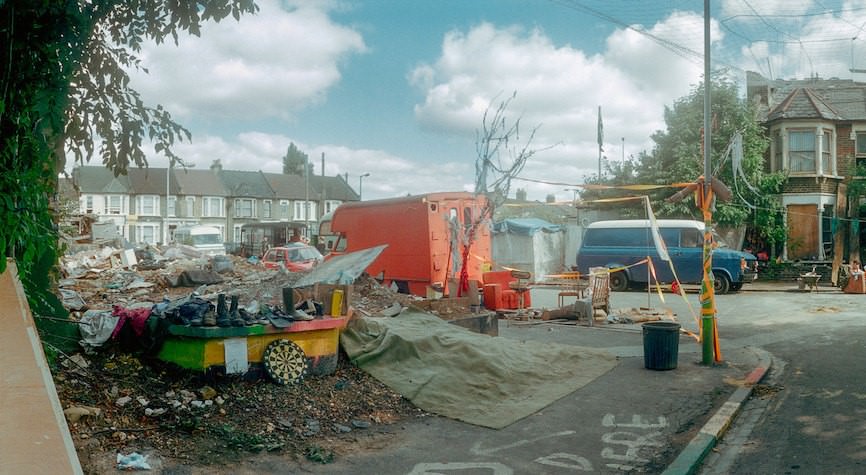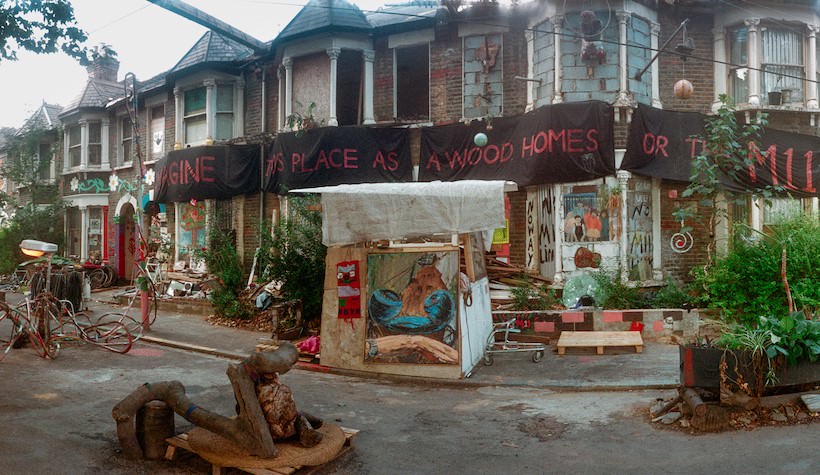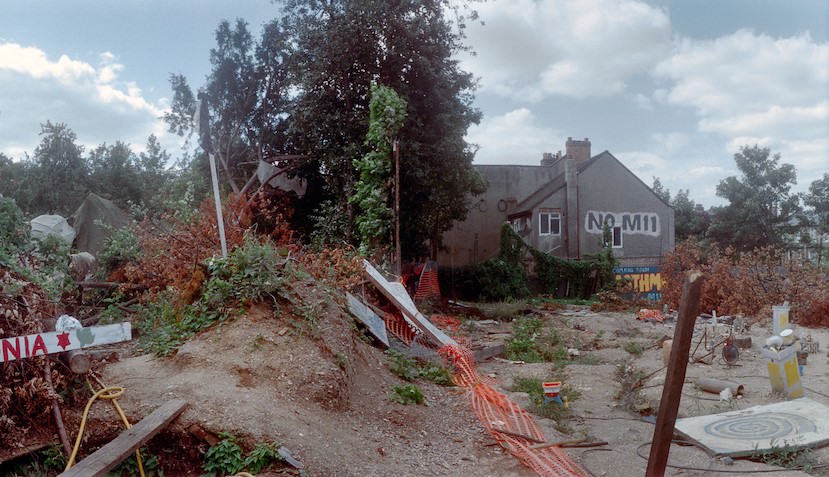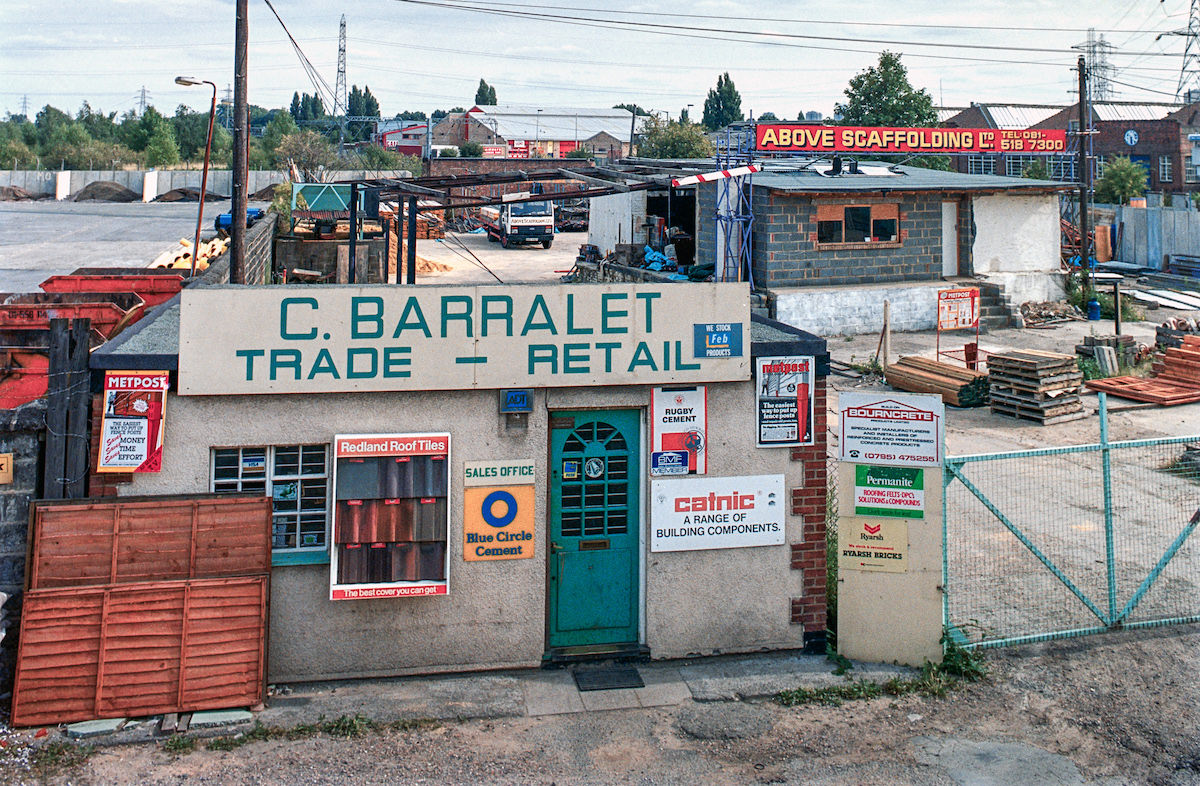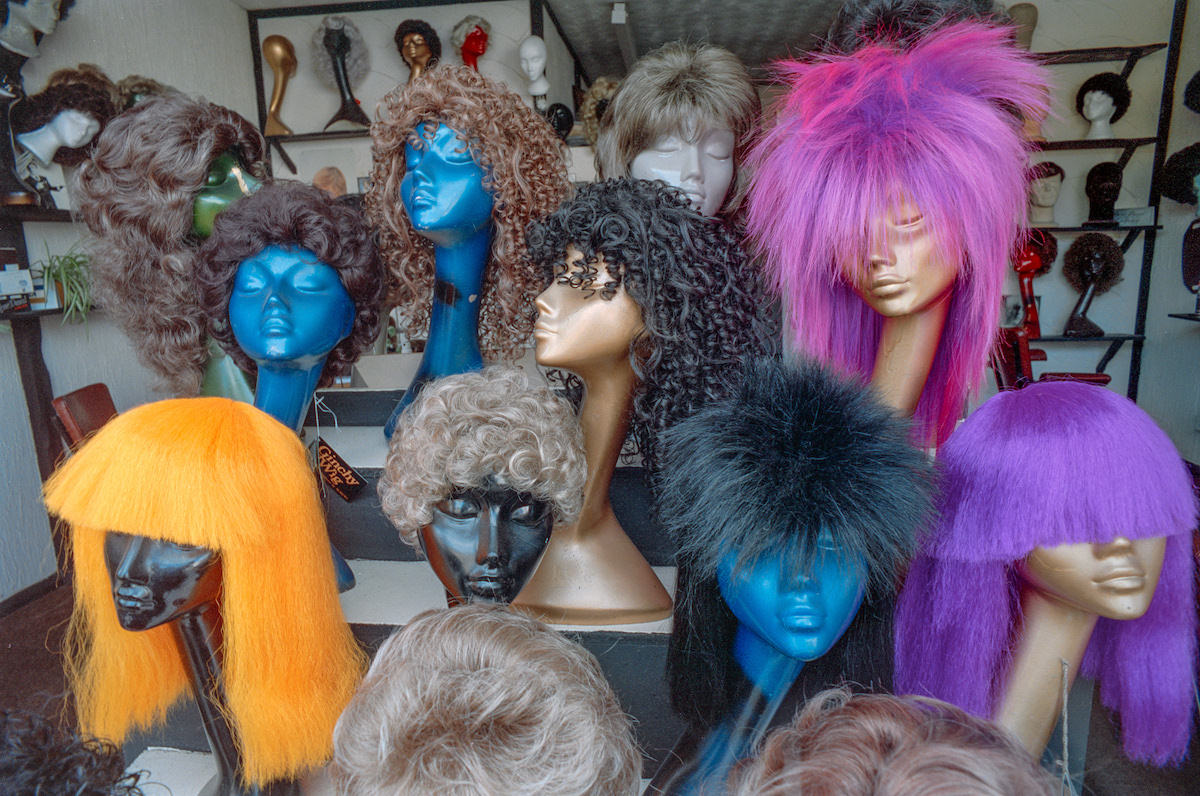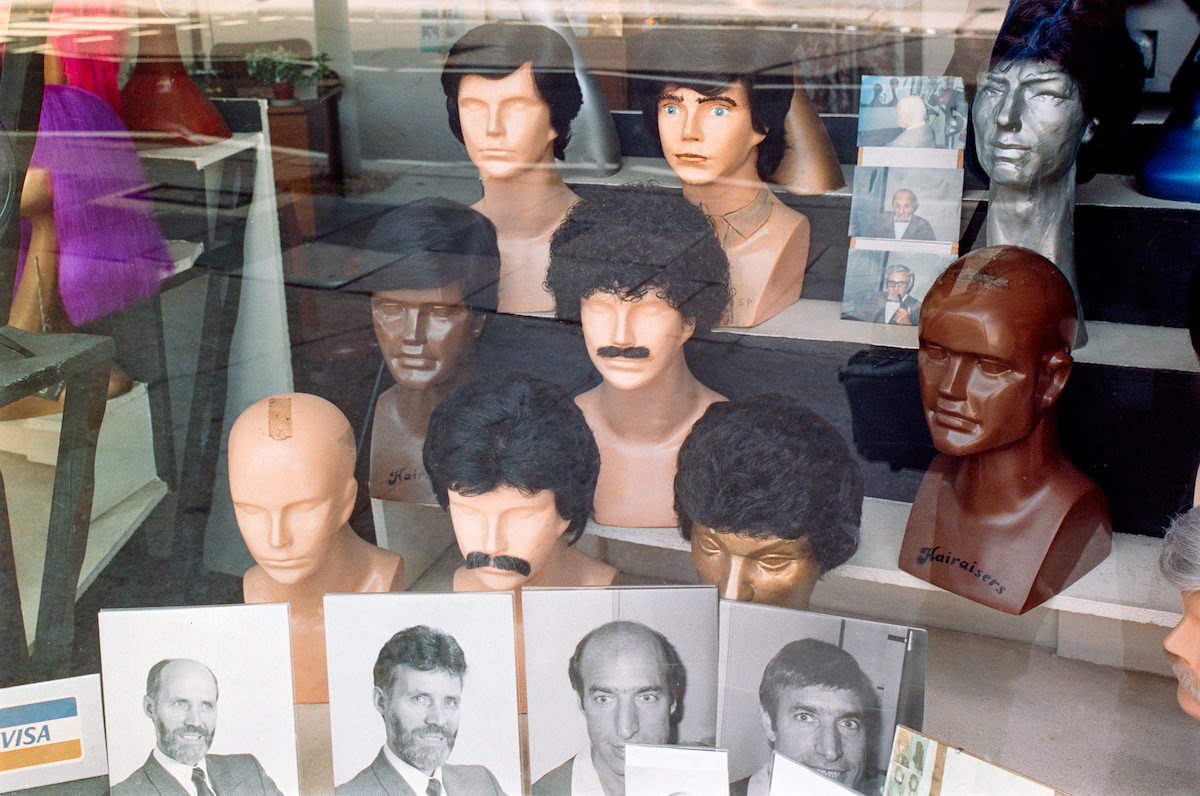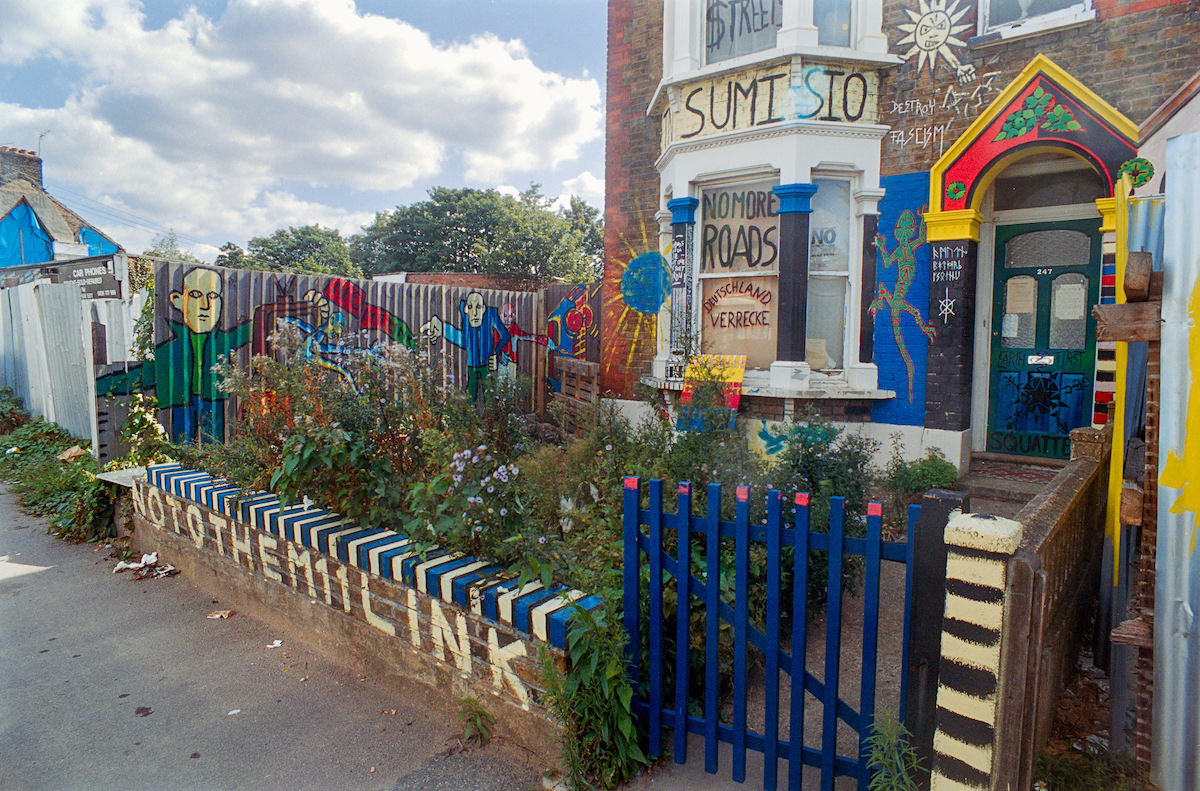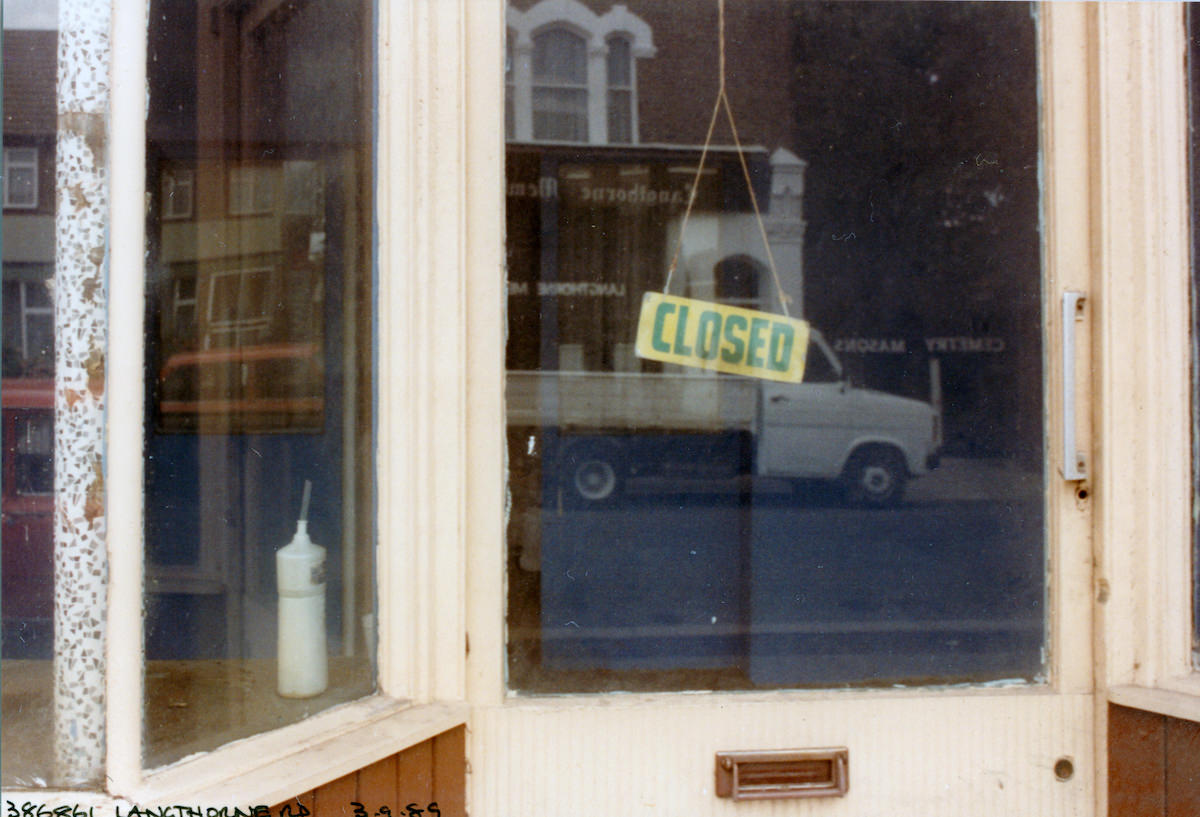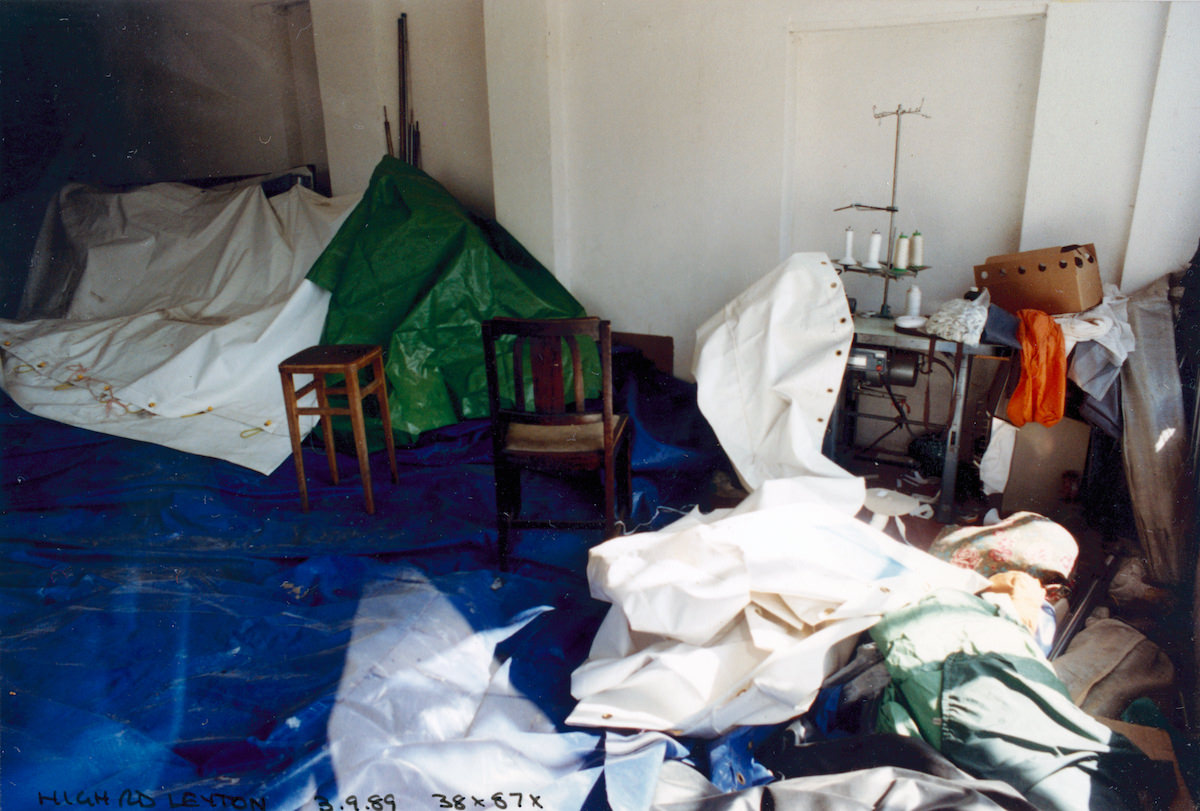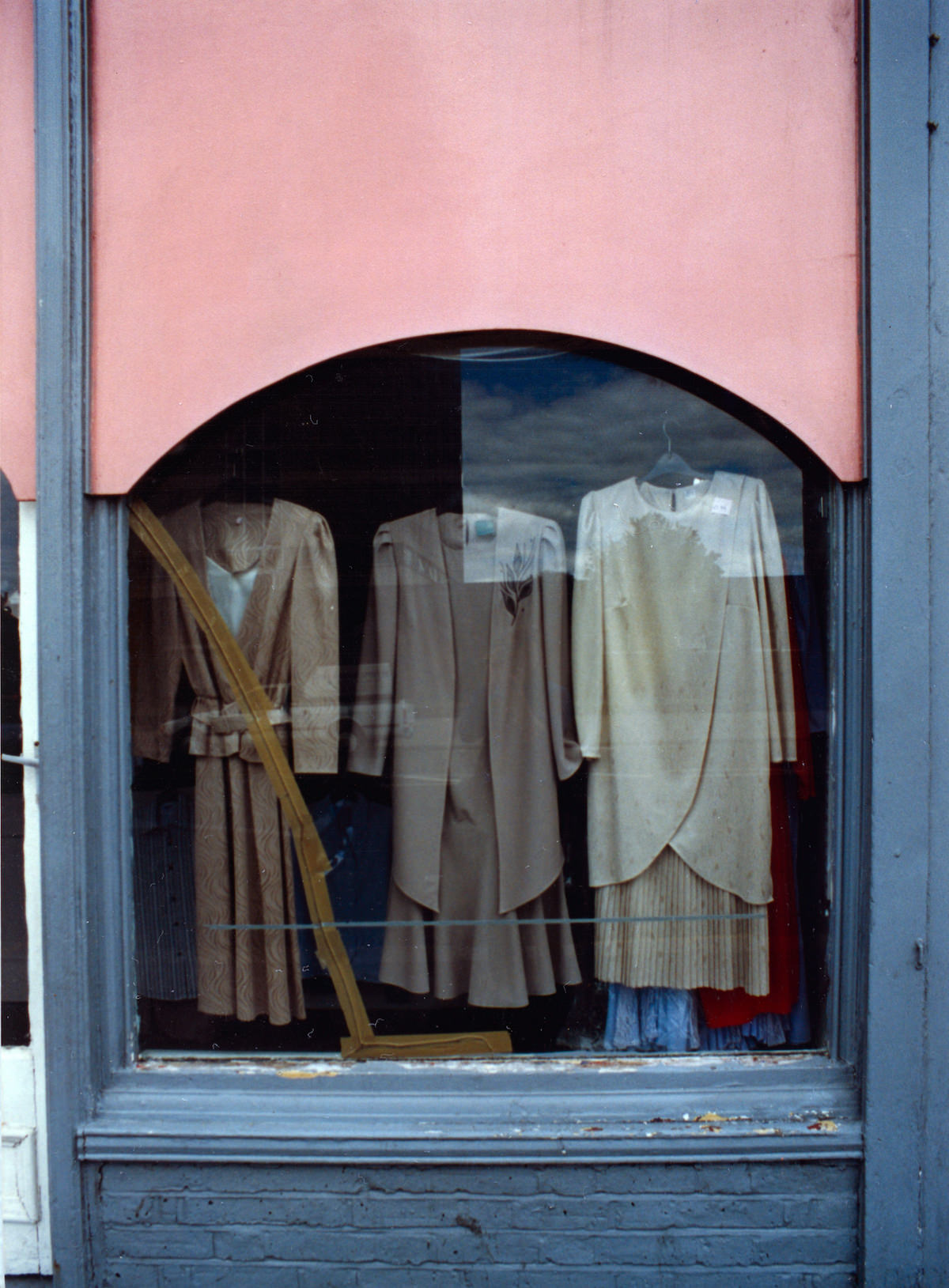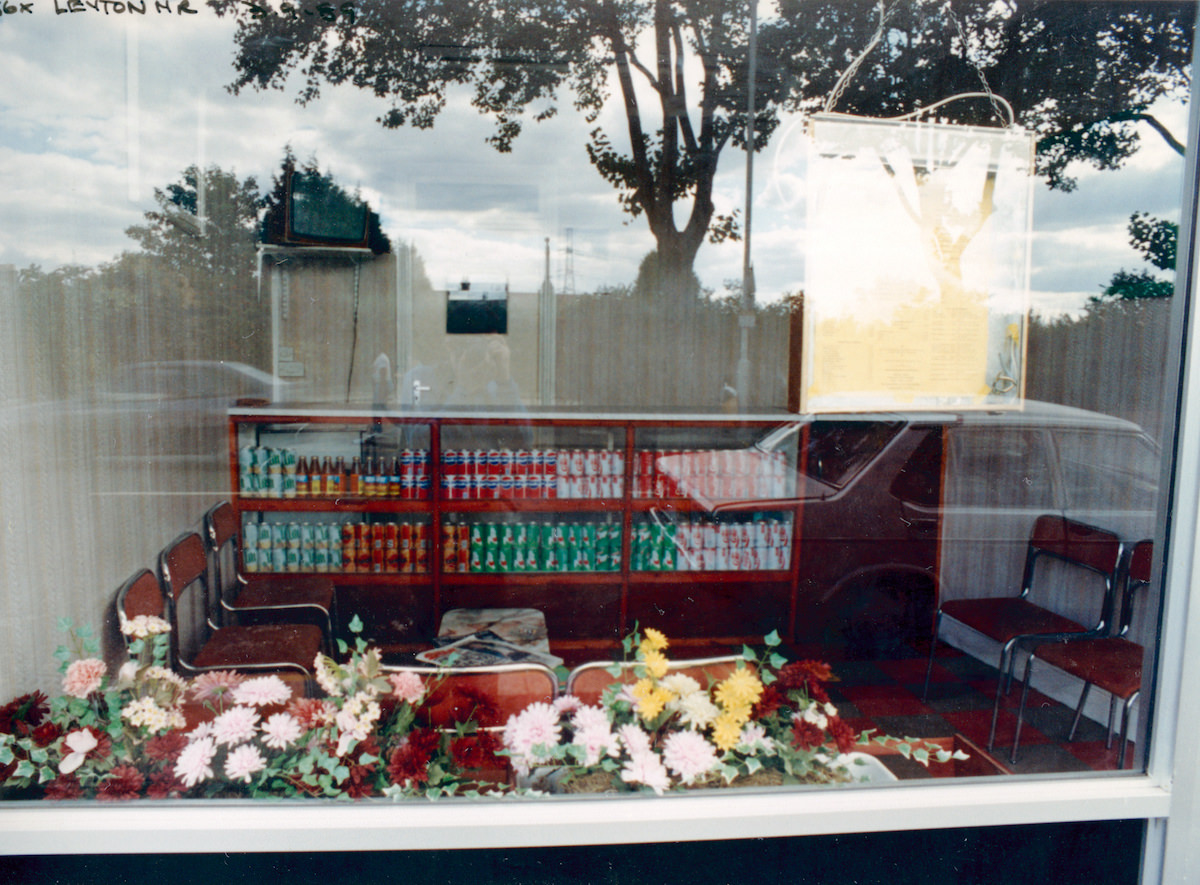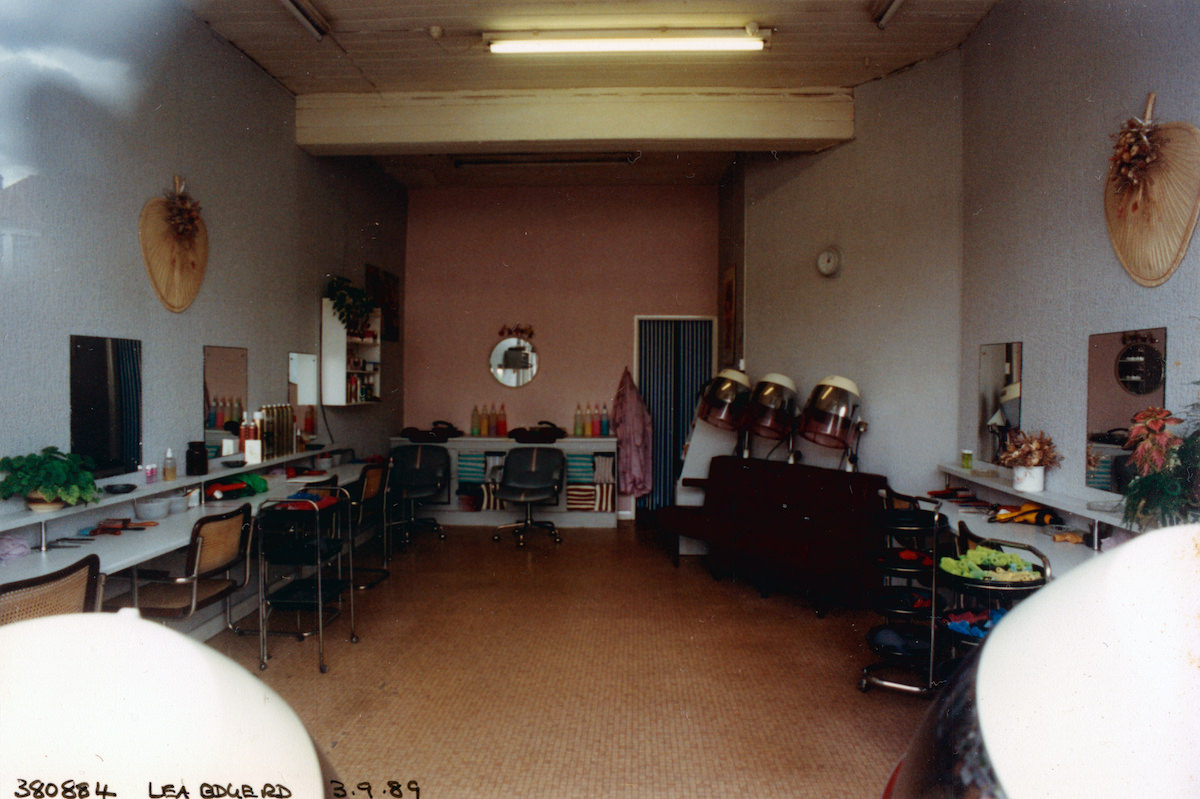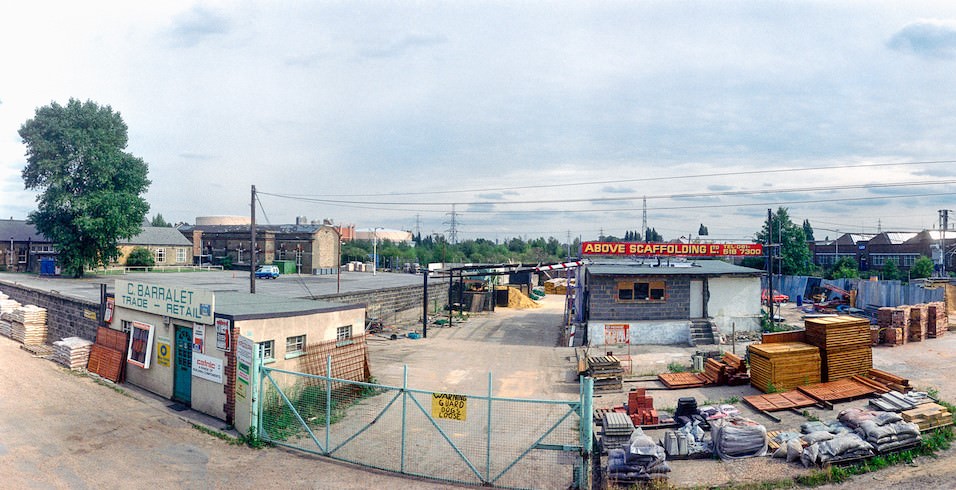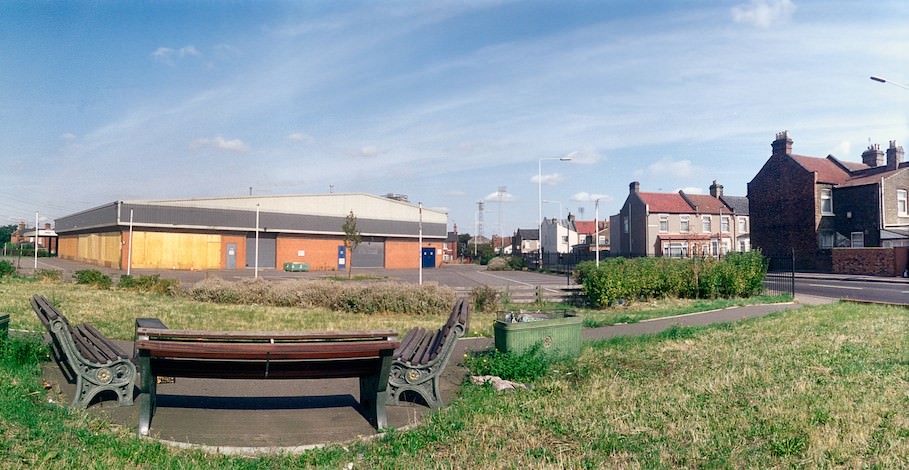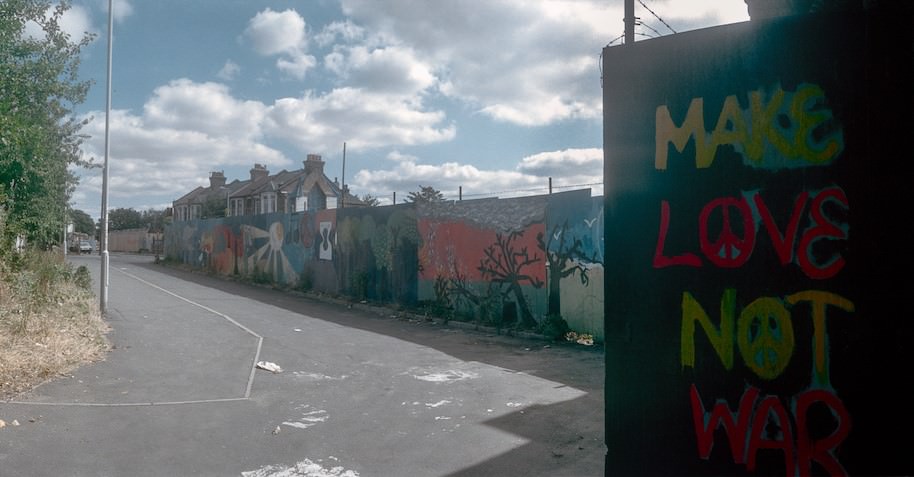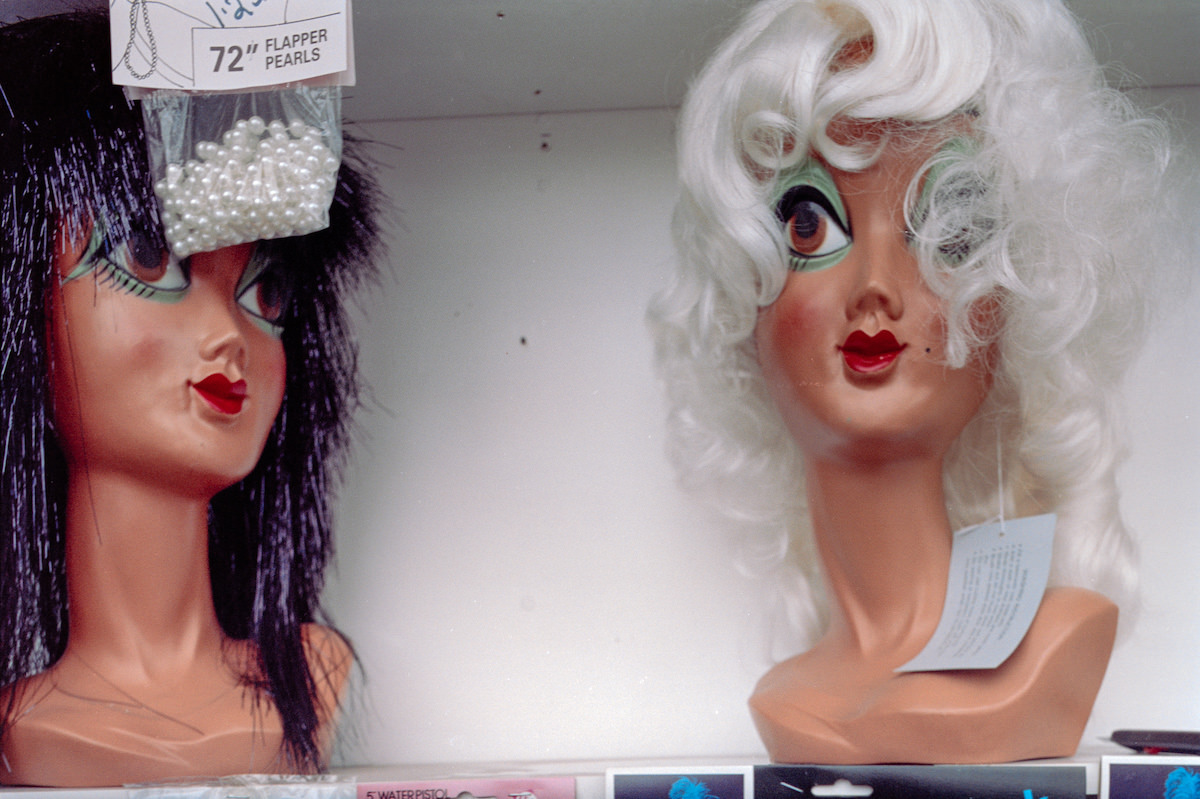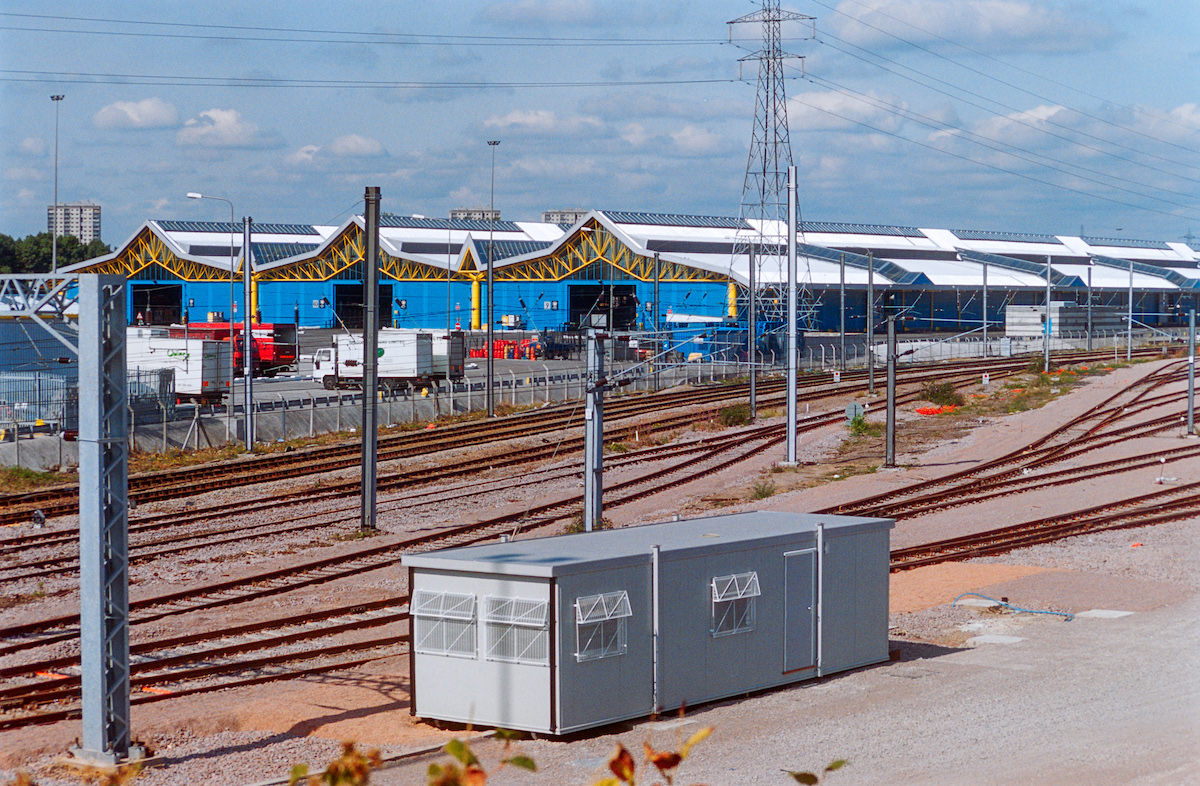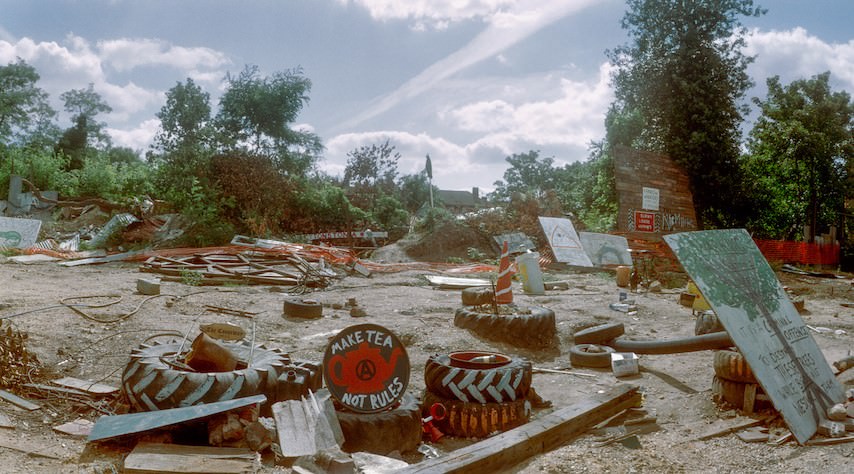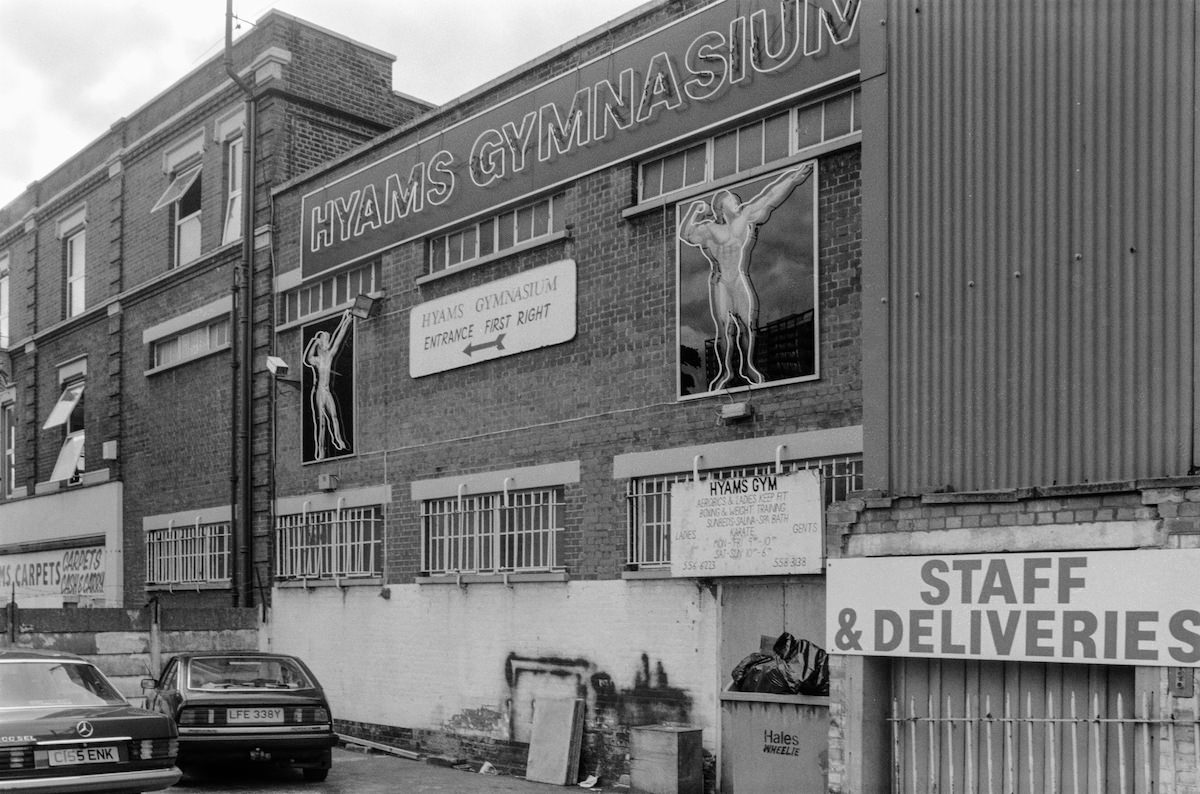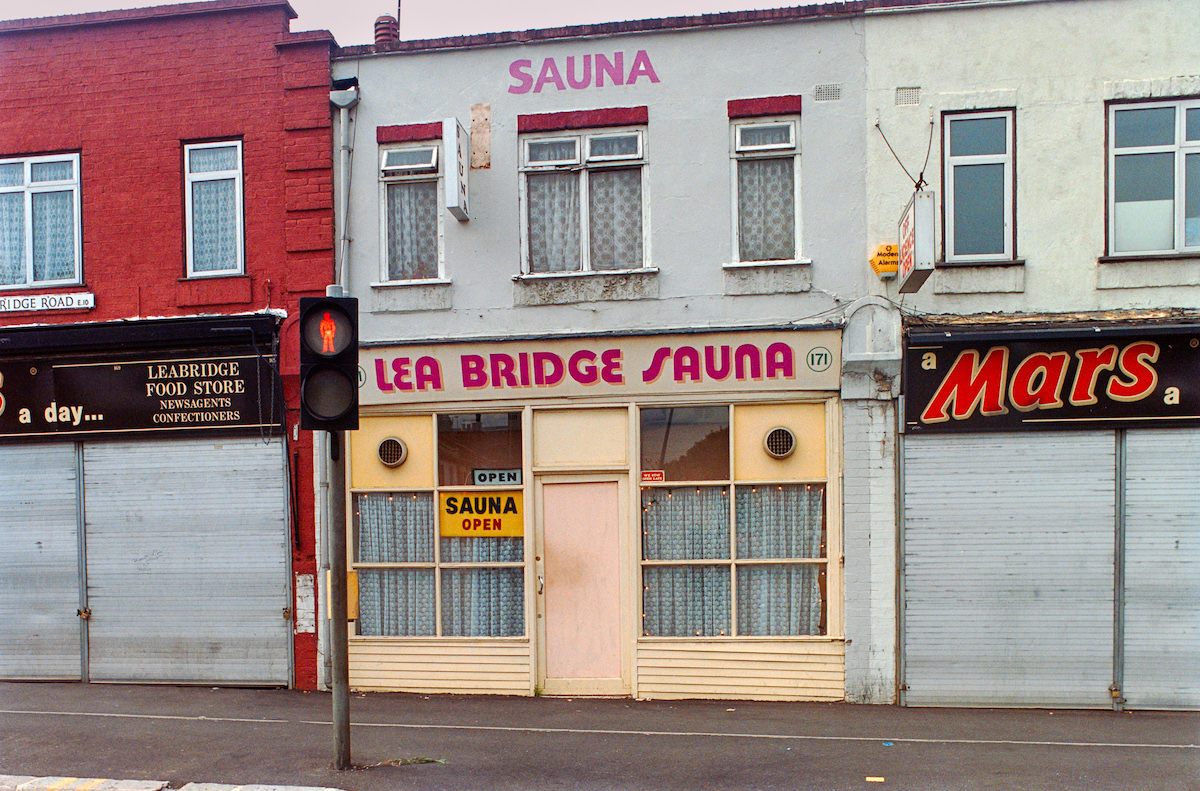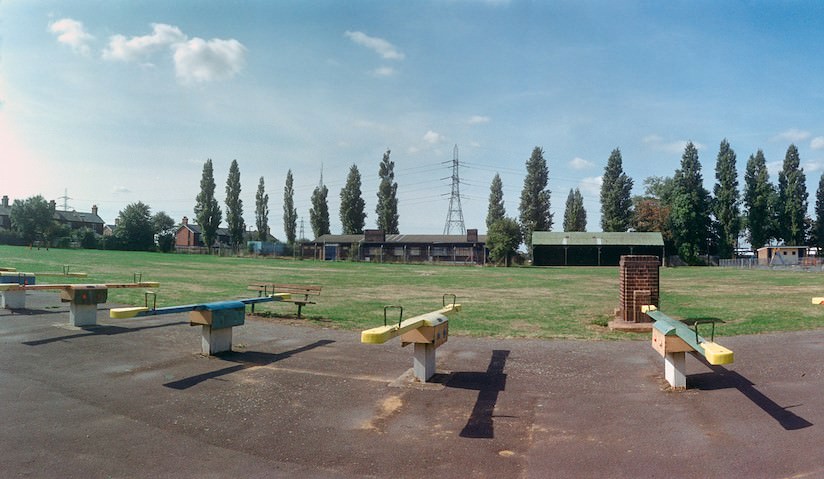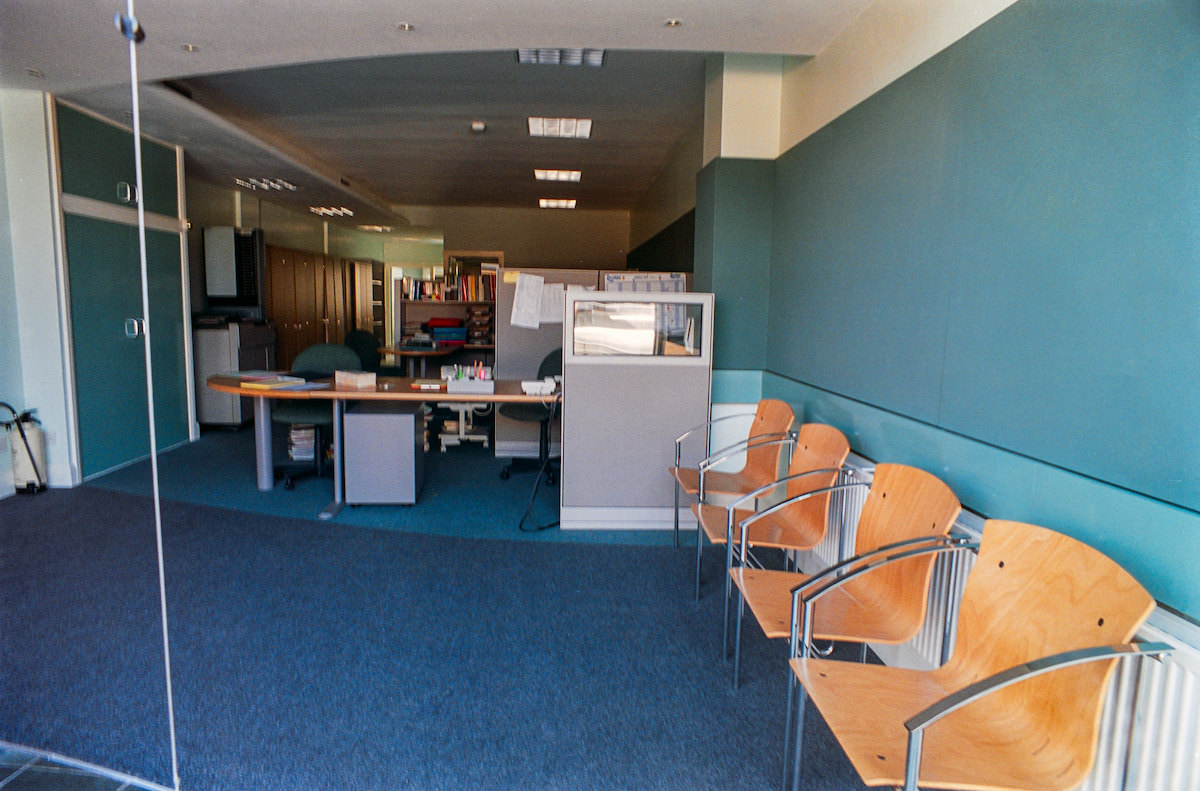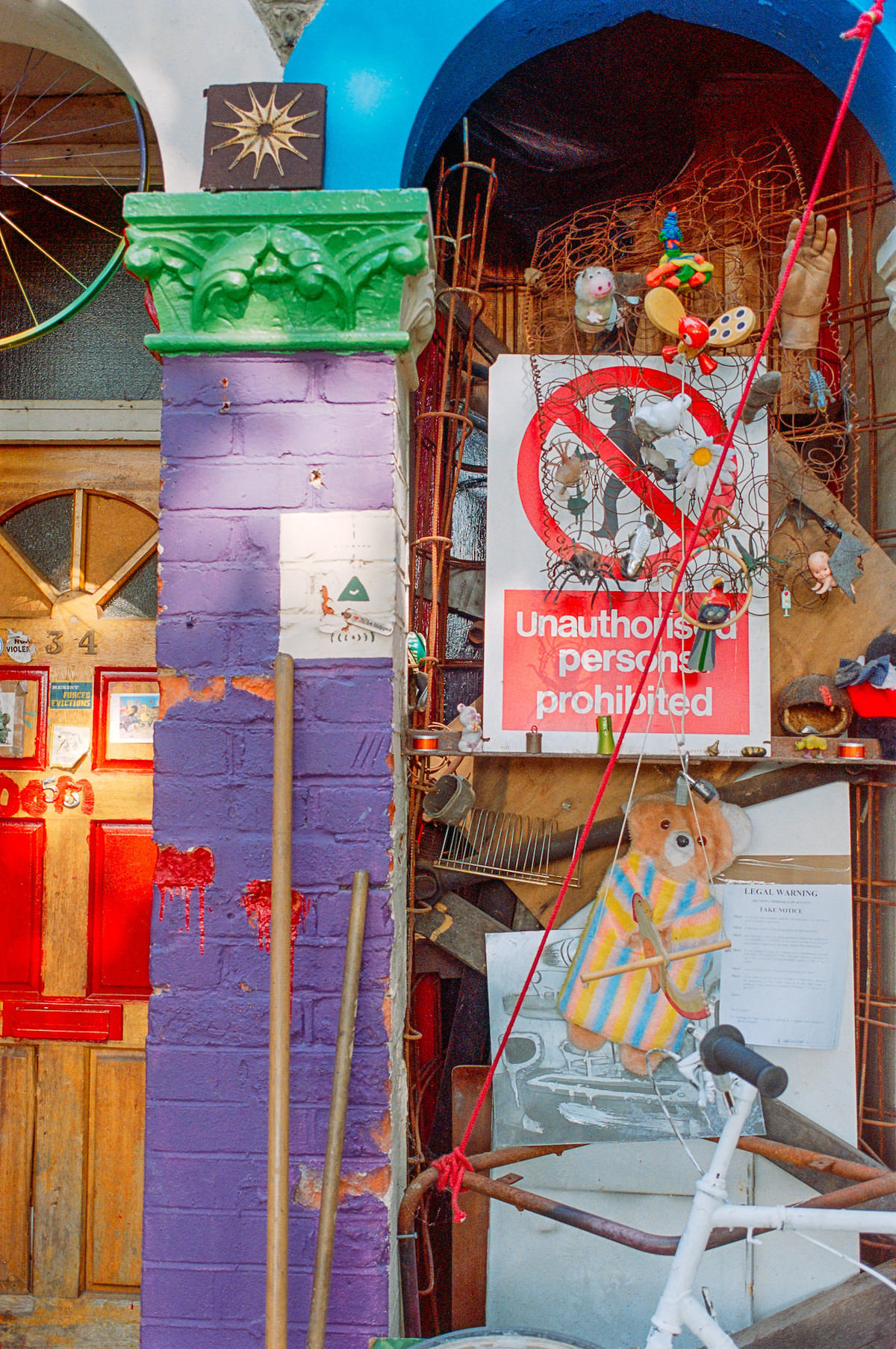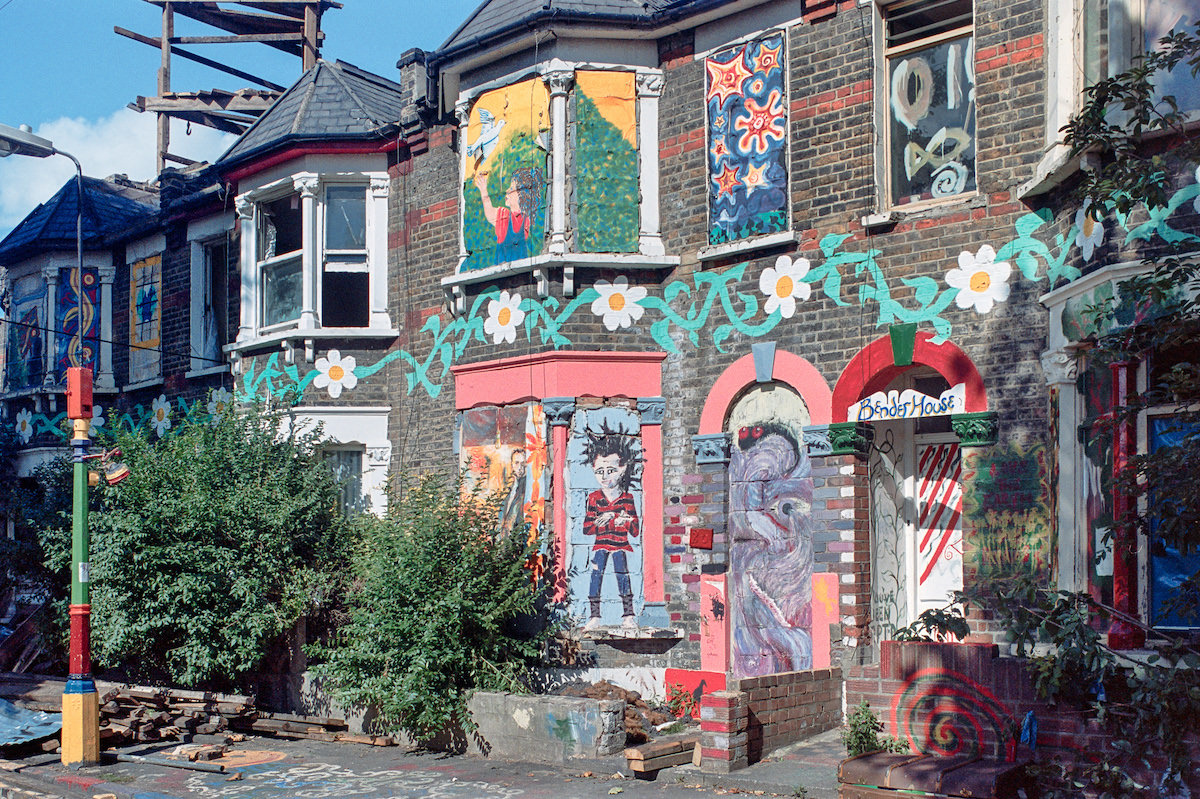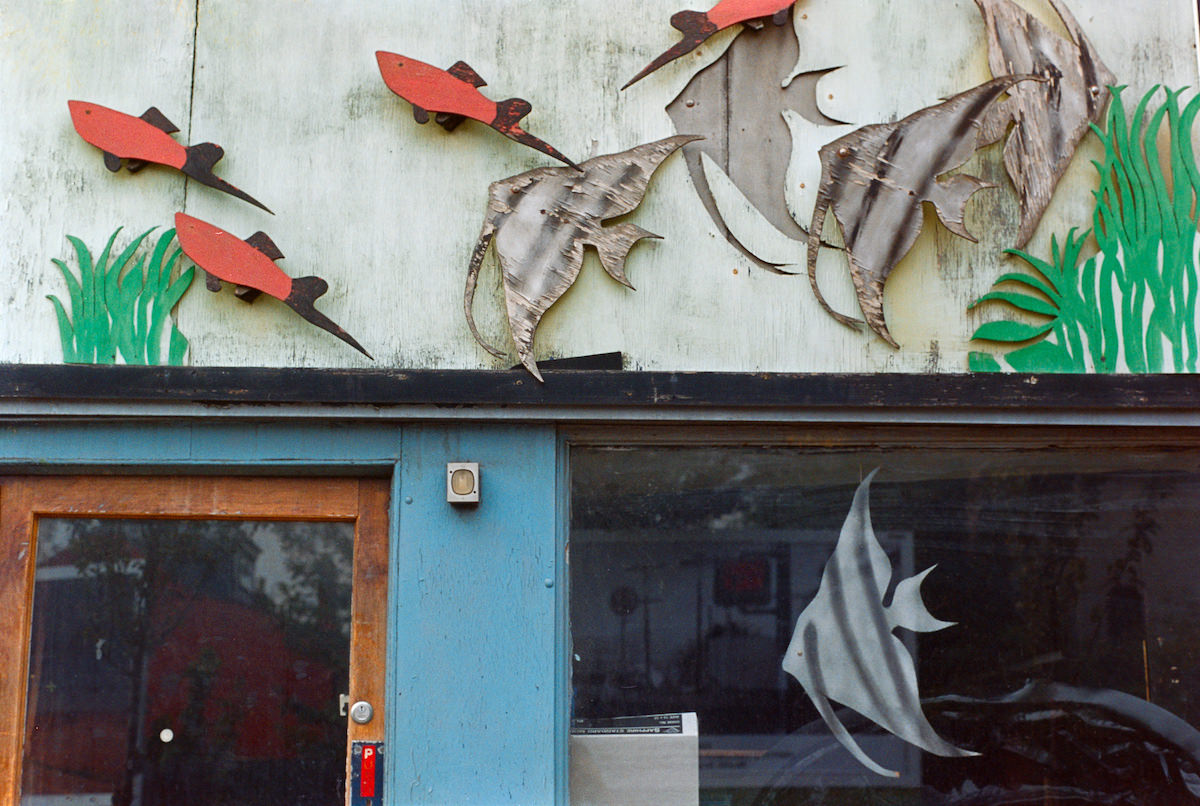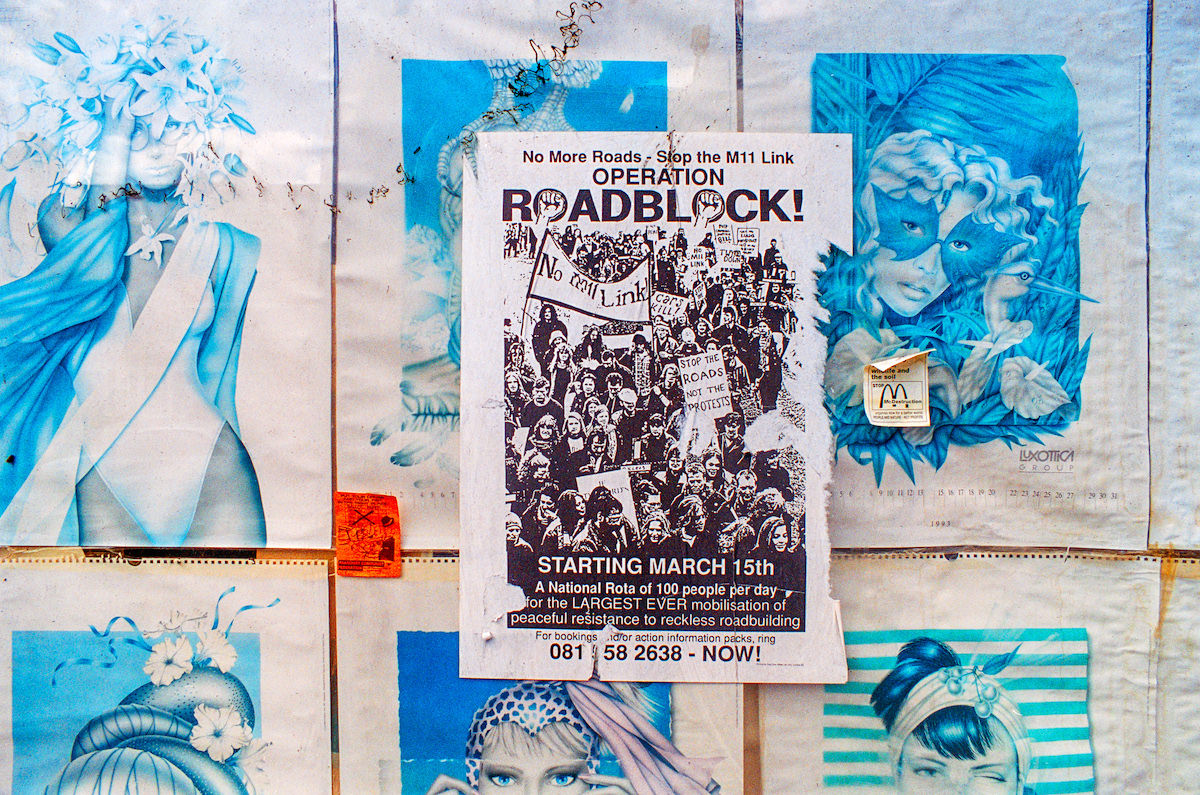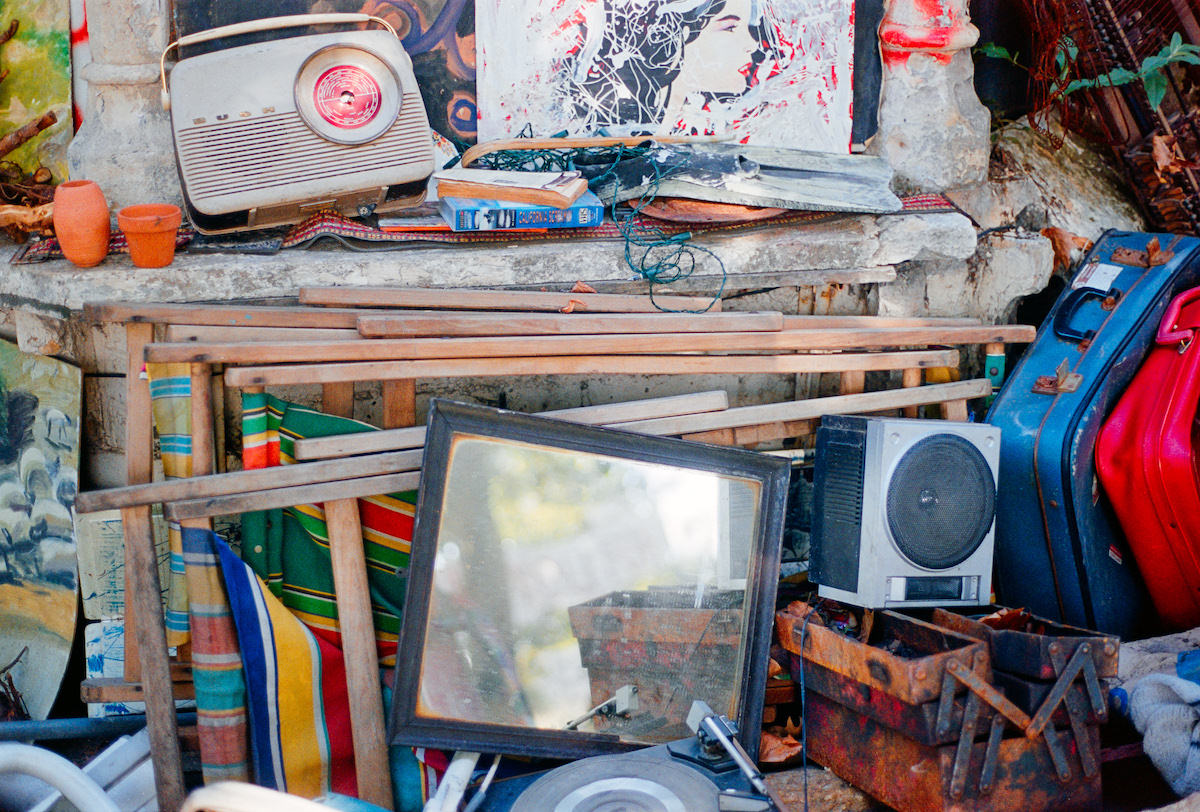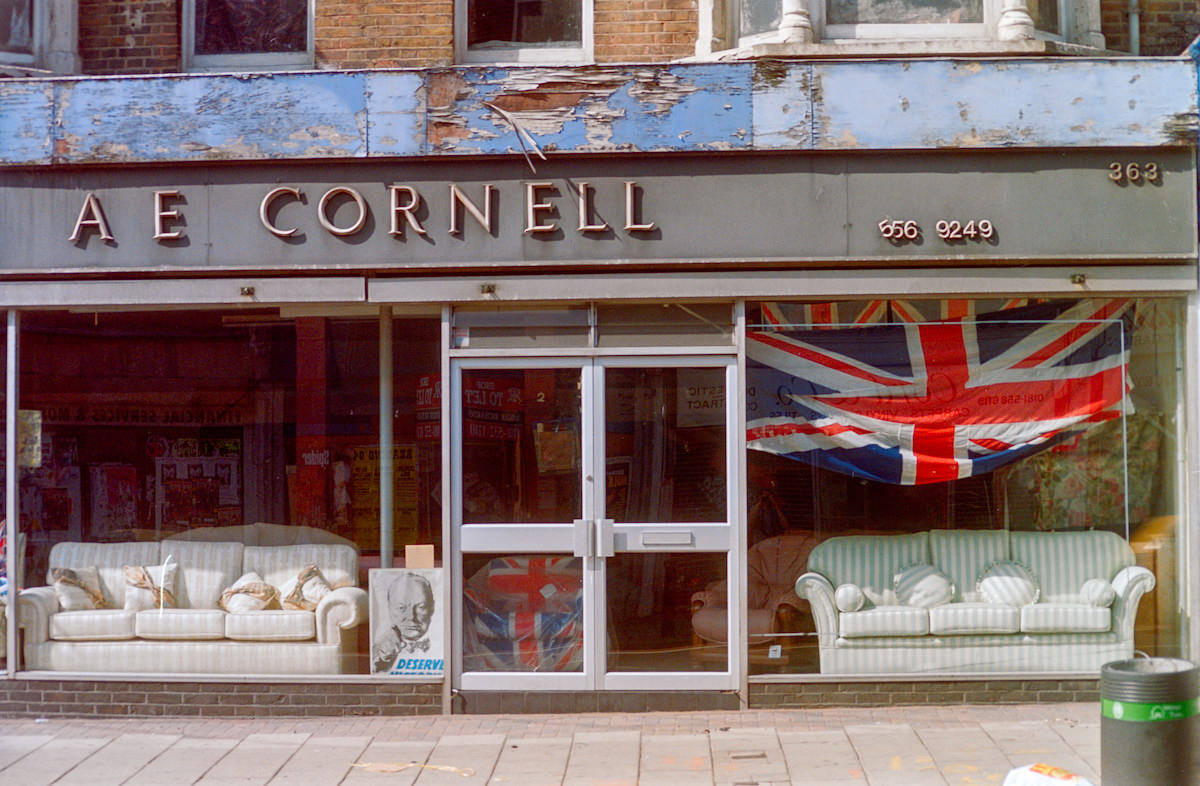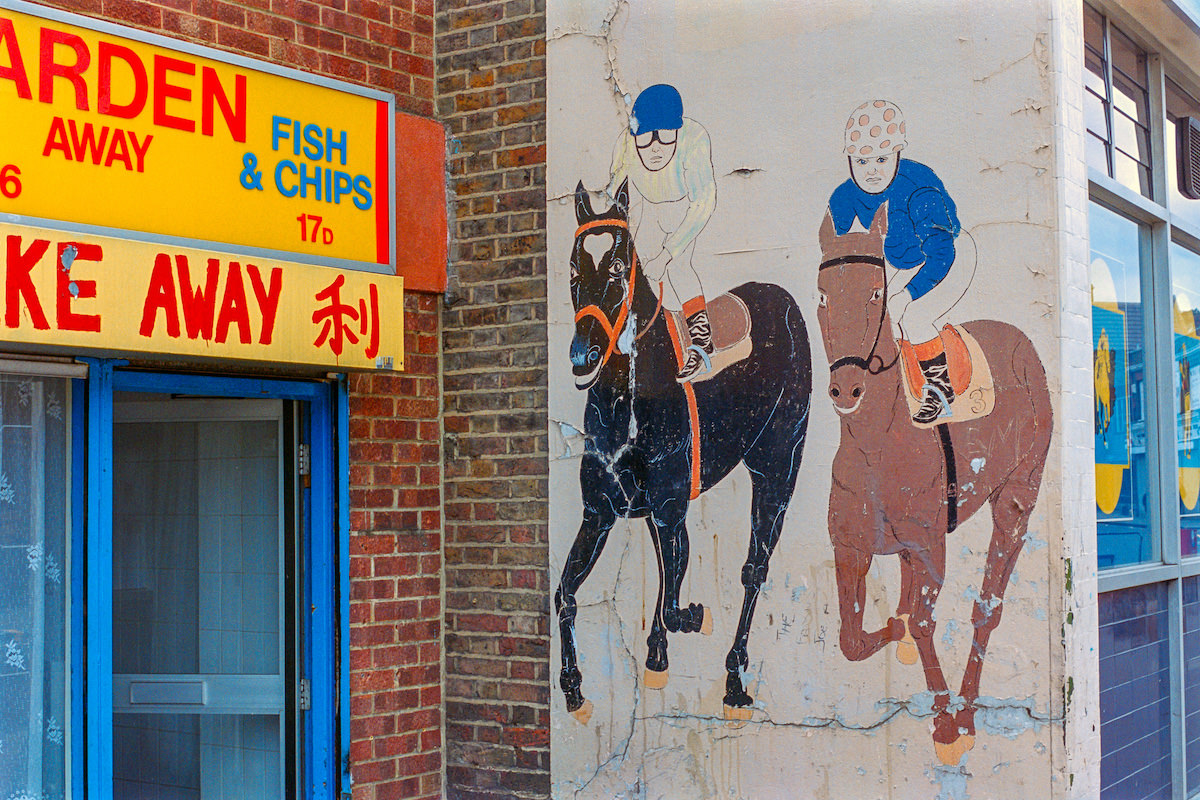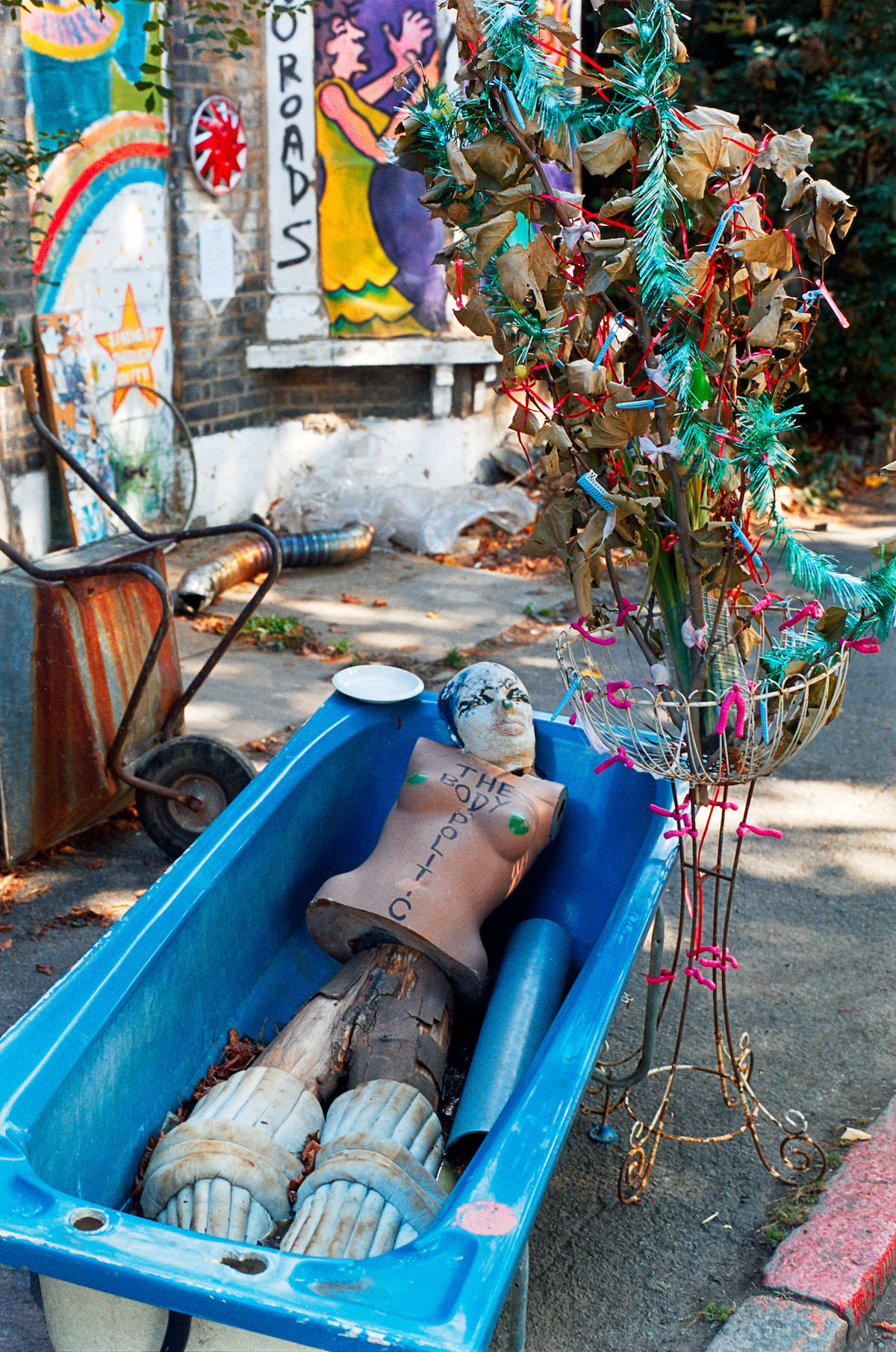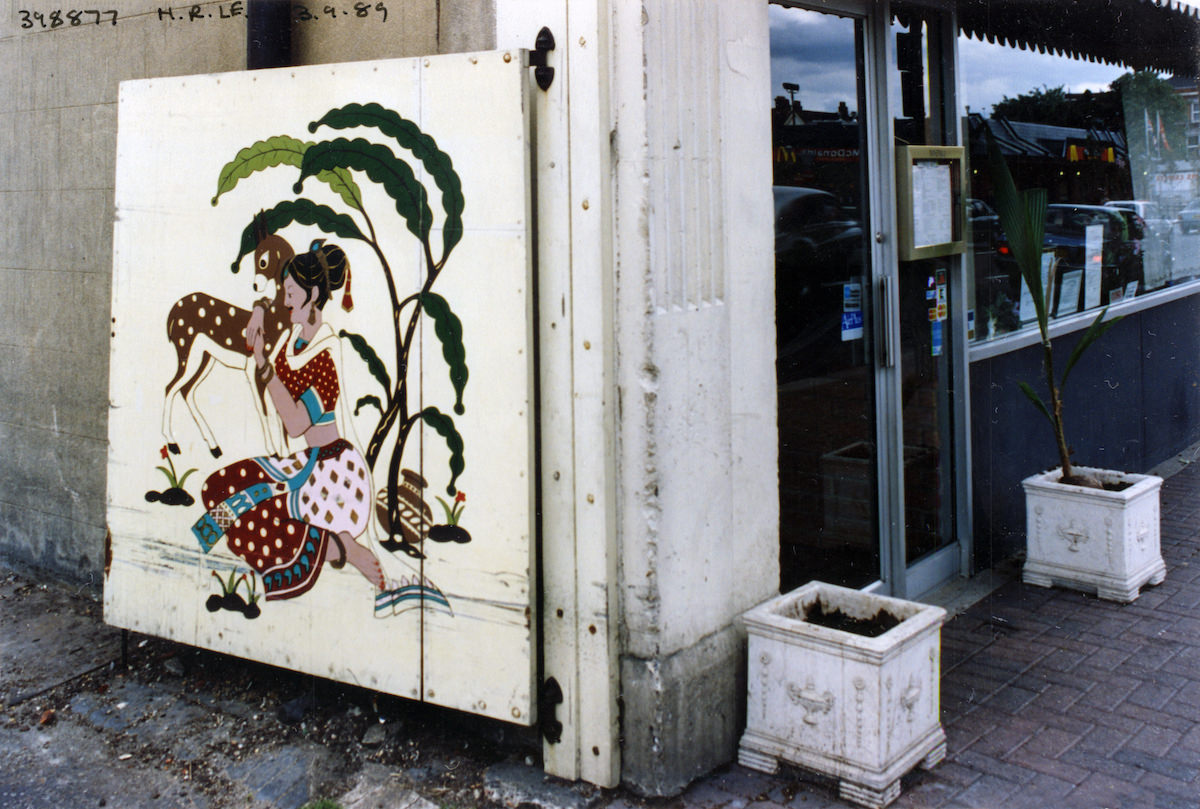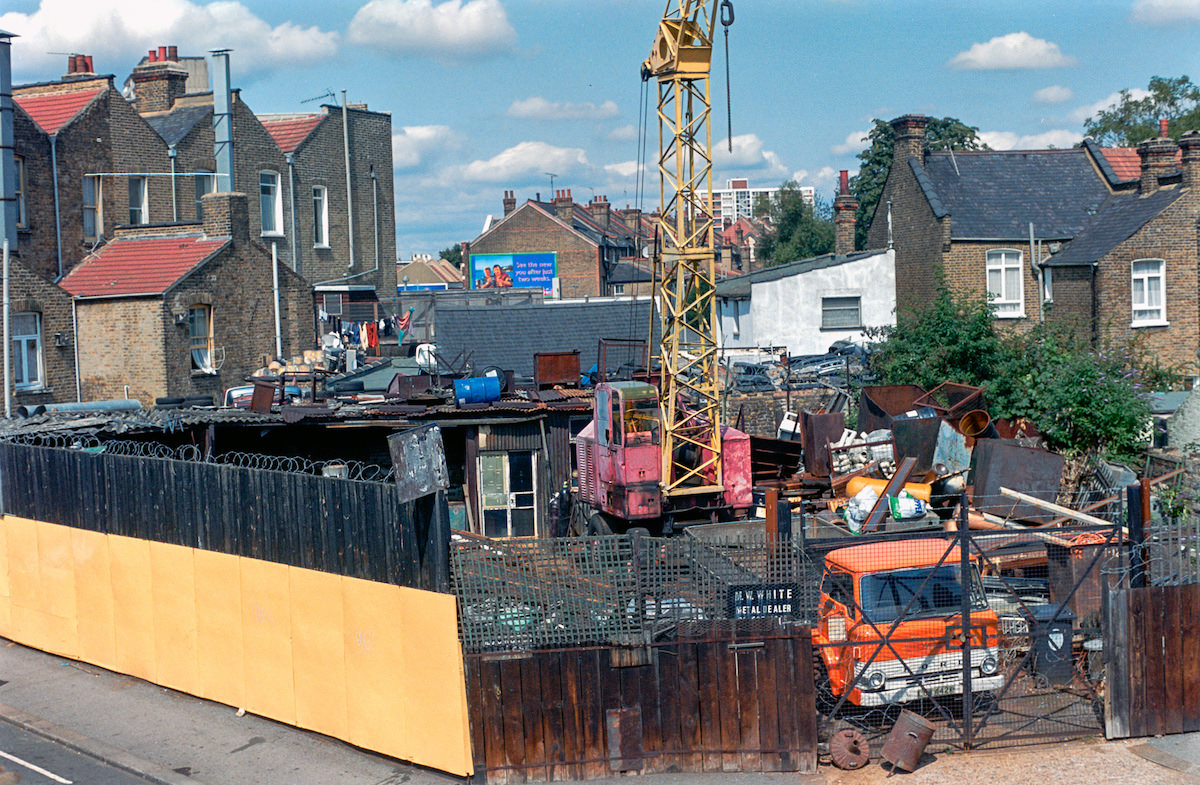Stepping back in time to the late 1980s and early 1990s, photographer Peter Marshall captured the spirit of Leyton, a unique corner of East London. Nestled in the Lower Lea Valley, about 6 miles northeast of central London, Leyton was a place where history and change collided.
This wasn’t the posh London of Buckingham Palace or Big Ben. Leyton was a working-class area with deep roots. Its story goes way back, mentioned even in the old Domesday Book from 1086. It’s the kind of place where famous heavy metal band Iron Maiden got their start, and where Harry Beck, the guy who designed the iconic London Underground map, was born.
Marshall’s photos don’t focus on the famous faces, though. He turned his lens towards the everyday people, the activists who made Leyton their home. These were individuals passionate about making a difference in their community. They fought for better housing, campaigned for social justice, and created a vibrant local culture.
The backdrop to their stories was a changing Leyton. The area around New Spitalfields Market, a bustling hub for fruits and vegetables, was evolving. The Leyton Orient Football Club, a source of local pride, was experiencing its own ups and downs. And parts of what would later become the Queen Elizabeth Olympic Park were taking shape.


